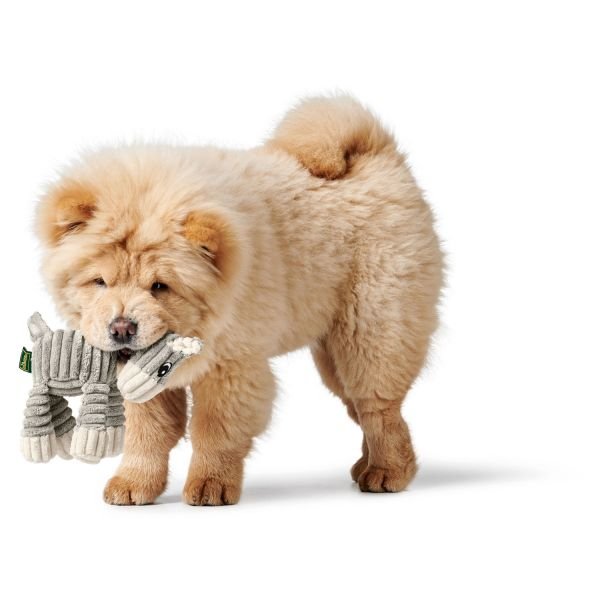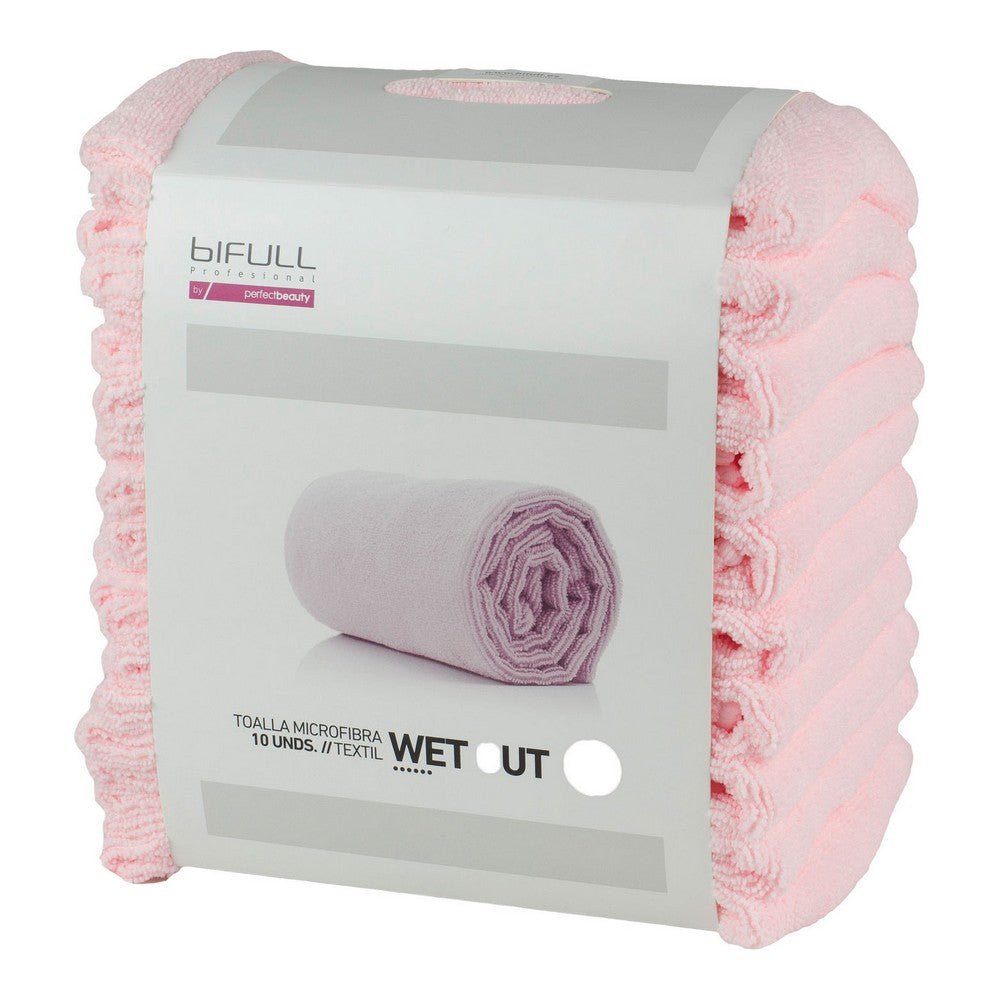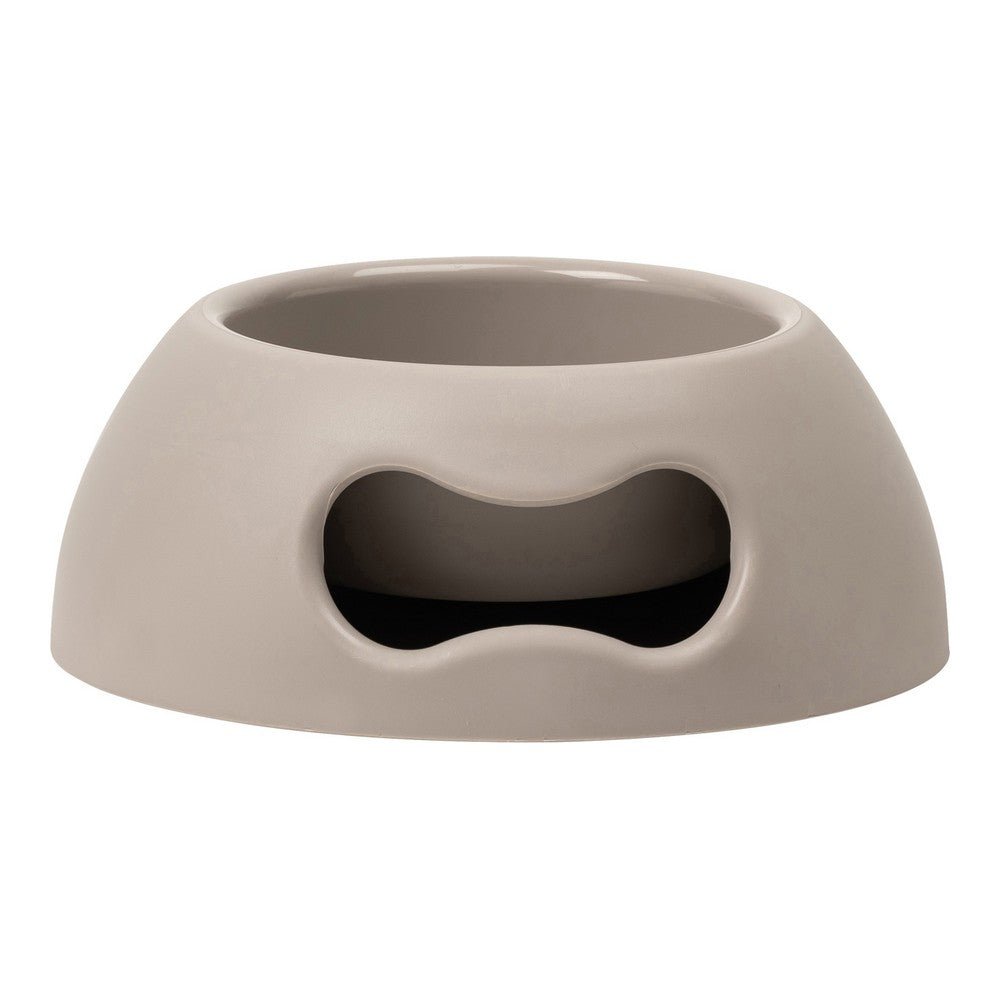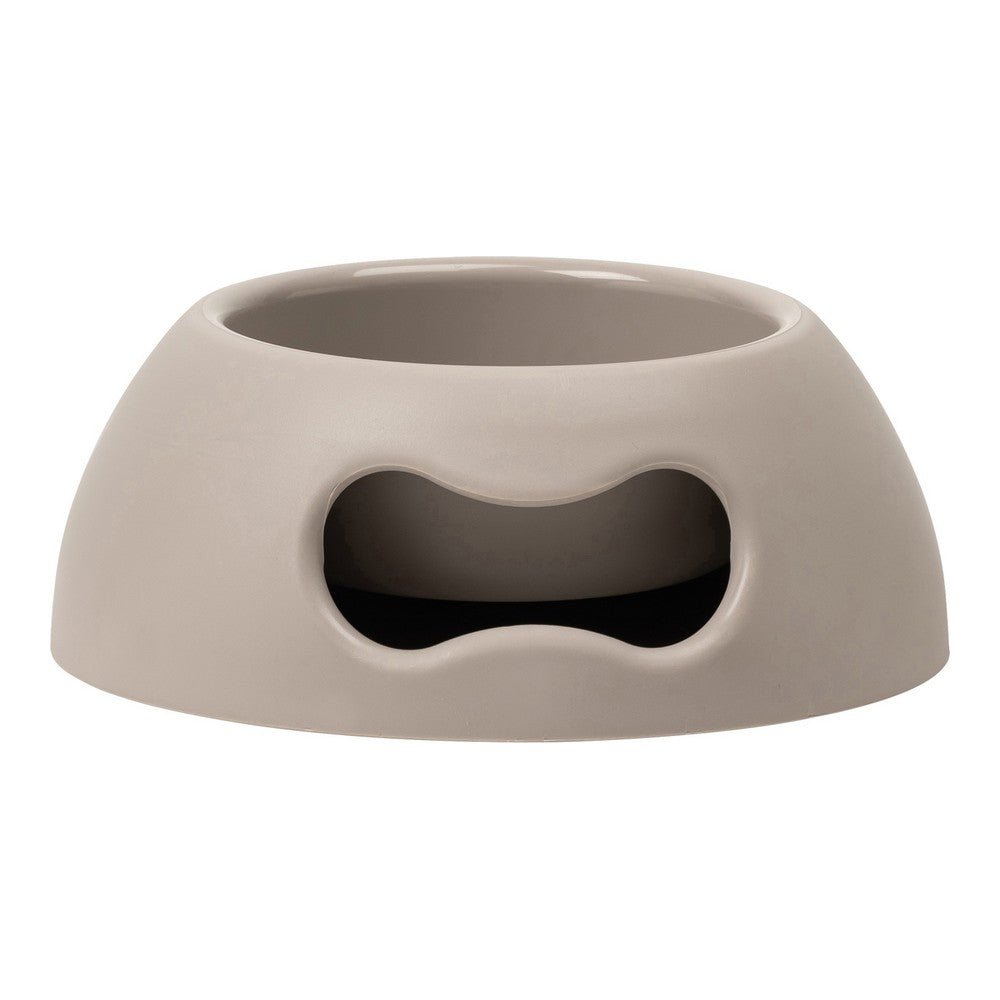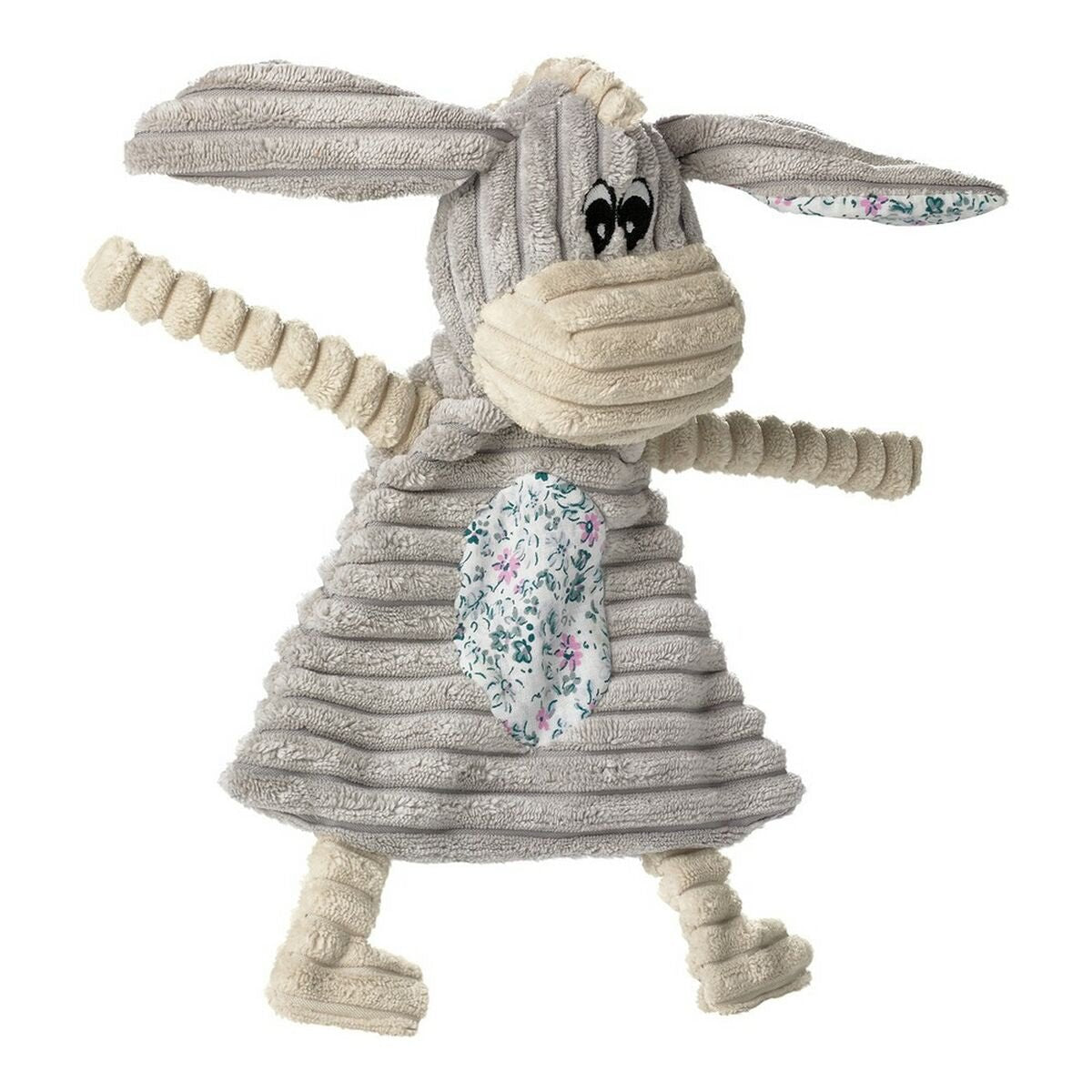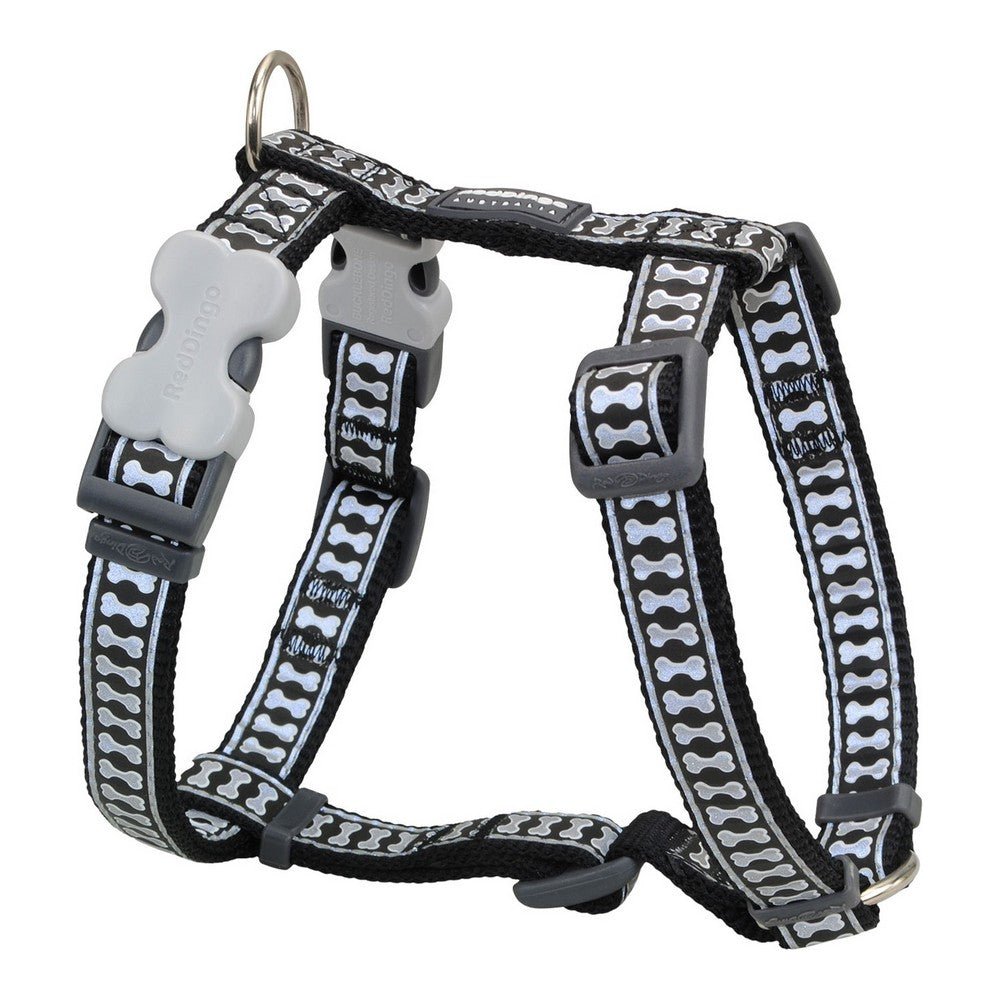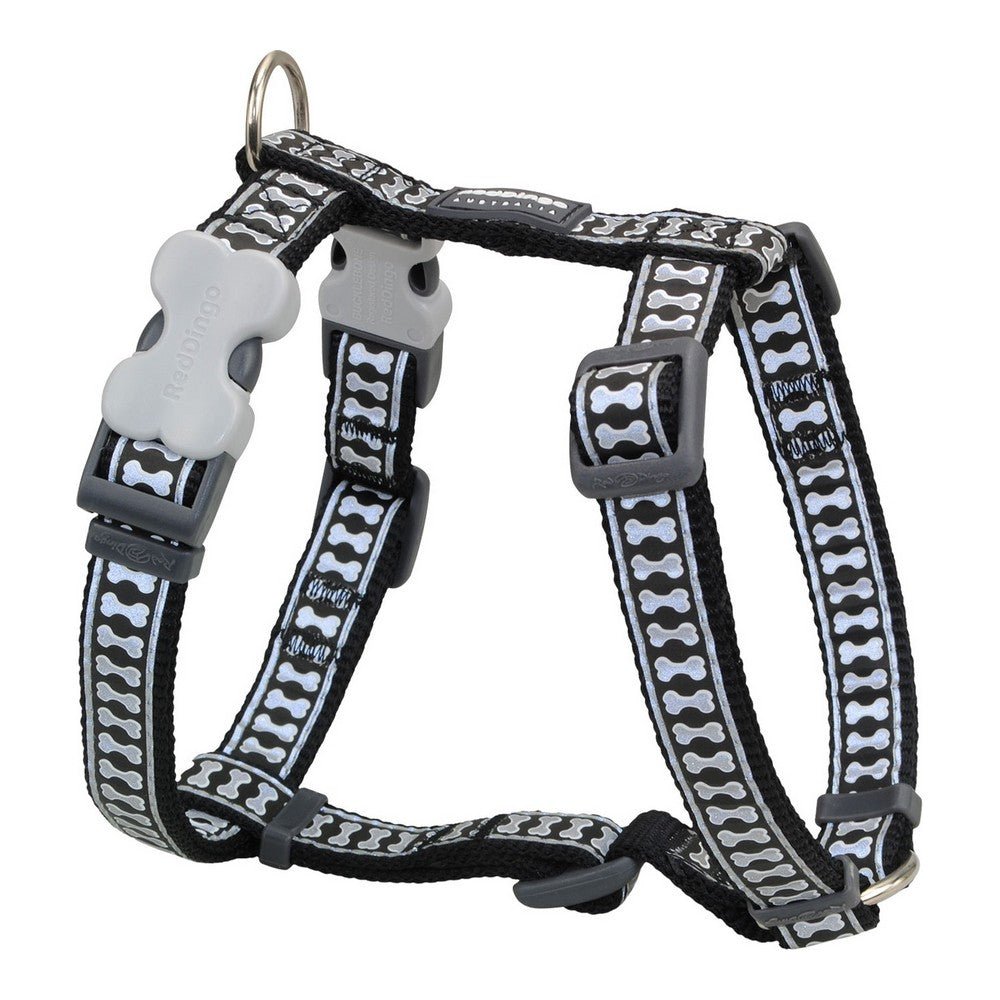It's about teaching the dog to walk obediently by your side with a leash around the neck. This makes it easier for you to control the dog and keep control over its behavior in different situations, such as not pulling on the leash. It is also a way to give the dog a sense of security and safety, because it knows that it is always close to you.
Here are some examples of exercises you can do to leash train your dog:
Sitting and standing exercises
Start by keeping the leash short and asking your dog to sit. When it does, ask it to stand up and reward it. Repeat this several times until the dog understands what you want.
Walk by your side
Start by keeping the leash short and ask your dog to walk by your side "walk". Reward it when it walks obediently by your side and correct it if it pulls on the leash. Then gradually lengthen the leash and continue training.
Stop and wait : Ask your dog to walk by your side and when you say "stop" it should stop and wait for your next command. Reward it when it does it right.
Sit at intersection
Ask your dog to sit when you approach an intersection or other potentially dangerous situation. Reward it when it does it right.
It is important to keep the training positive and reward the dog regularly when it does something right. It is also important to be consistent in your commands and signals and avoid rewarding the dog for pulling on the leash.
What kind of leash should you wear when leash training your puppy?
When training your puppy to walk on a leash, it is important to have an appropriate leash. A suitable leash for a puppy is usually a light and soft leash, such as a regular nylon leash or a soft rope leash. A flexi-leash, which has a retractable line, is not suitable for leash training as it does not provide sufficient control over the puppy. It is also important that the leash accessories, such as the collar or harness, are the right size and fit the puppy's body, a tip is to choose adjustable so you can adjust the size as it grows.








